Safe & Productive Streets
In a Strong Town, a street is a safe place for people to spend time and build relationships; and a perfect place to put a wealth-generating home or business.
But many of us drive on dangerous stroads that drain our town's economic vitality.
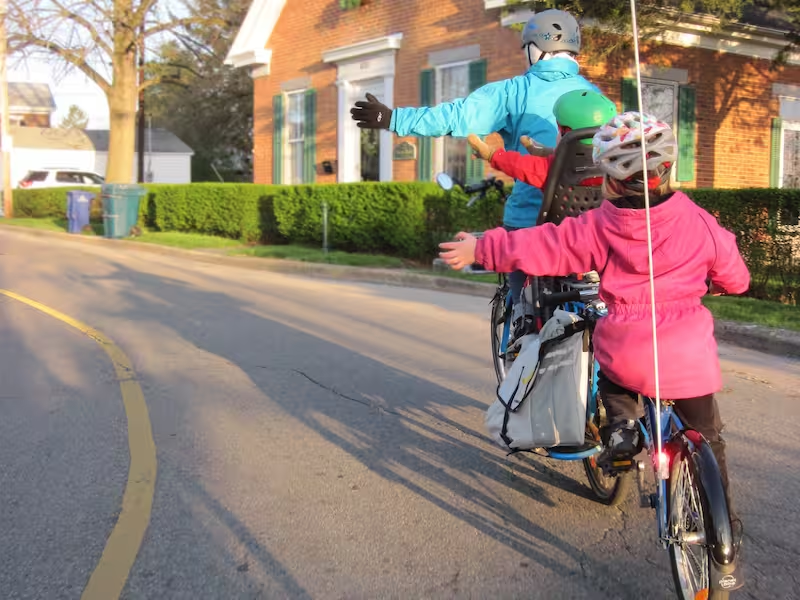
Core Insights
This is because we fundamentally misunderstand these things about streets:
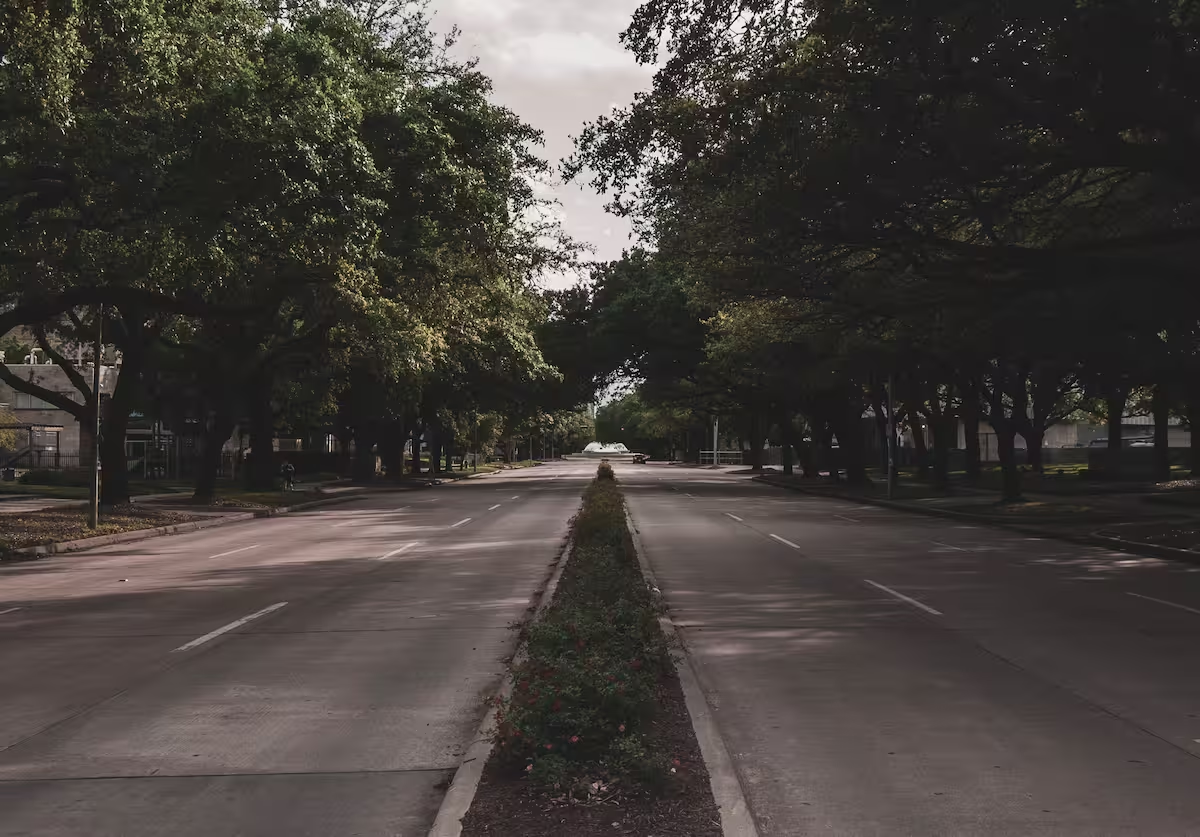
1 / 3
Streets are a liability, not an asset.
Most cities treat streets like assets on a balance sheet. They assume that once a street is built, it adds value to the city. But in reality, a street is a liability. It costs money to build, maintain, repair, plow, light, and police. And unless the adjacent properties generate enough wealth to cover those long-term costs, the city is actually losing money on that street.
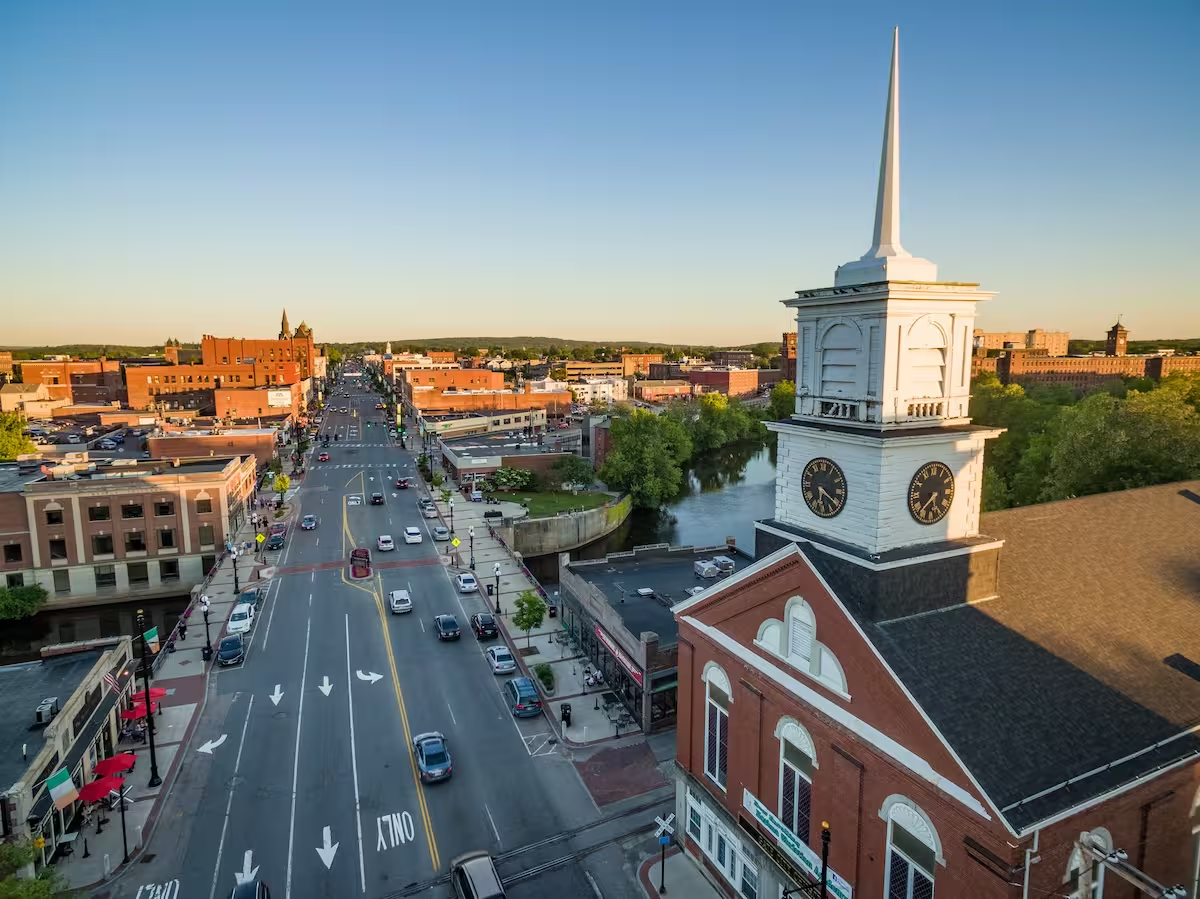
2 / 3
- Street design is the primary factor in crash prevention and safety.
The design of a street is the single most important factor in whether people drive safely or not. It’s not about how many signs you put up, how many tickets the police write, or how many public service announcements you run. If a street is designed to feel like a highway, people will drive it like a highway, even if the speed limit says 25.
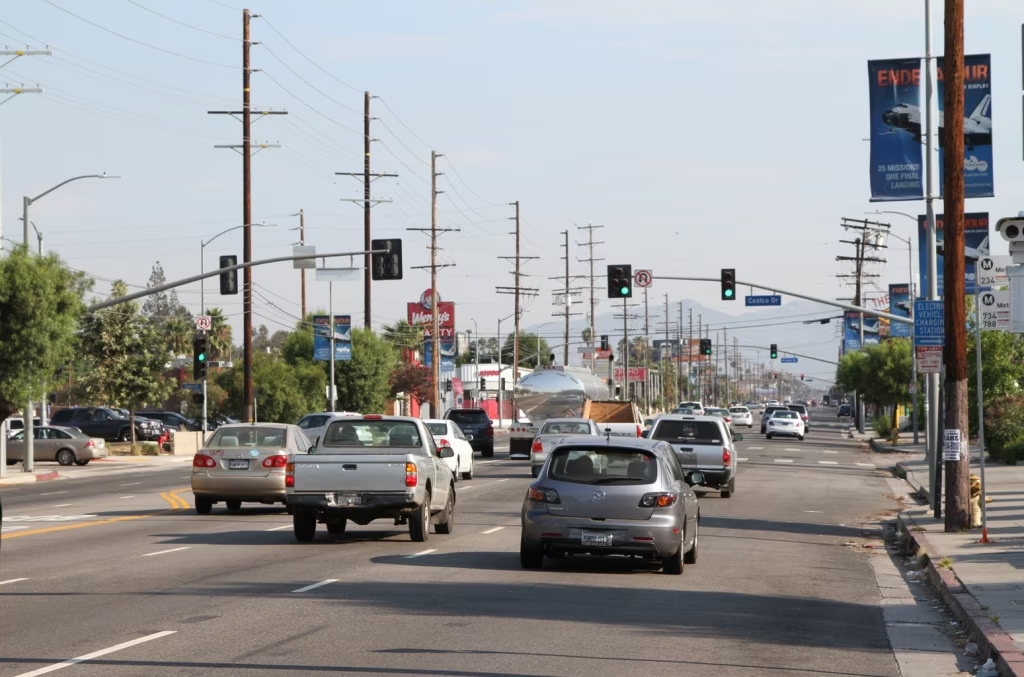
3 / 3
- Streets should prioritize human movement, not automobile movement.
Most of our streets have been designed like roads. They’re optimized for moving cars quickly and efficiently, which often makes them dangerous and unpleasant for everyone else. When we flip the priority and design streets for people first, we get places that are safer, more inviting, and more economically productive. Slower speeds, narrower lanes, more crossings, better lighting, and active frontages all contribute to a street that supports human life and interaction. And ironically, when you do that, even drivers benefit—because the street becomes more predictable and less chaotic.
Latest Stories on Streets

Madison, Wisconsin's Transportation Commission approved a rapid response traffic initiative that could potentially make a dangerous street safer and provide a template for future street tests.
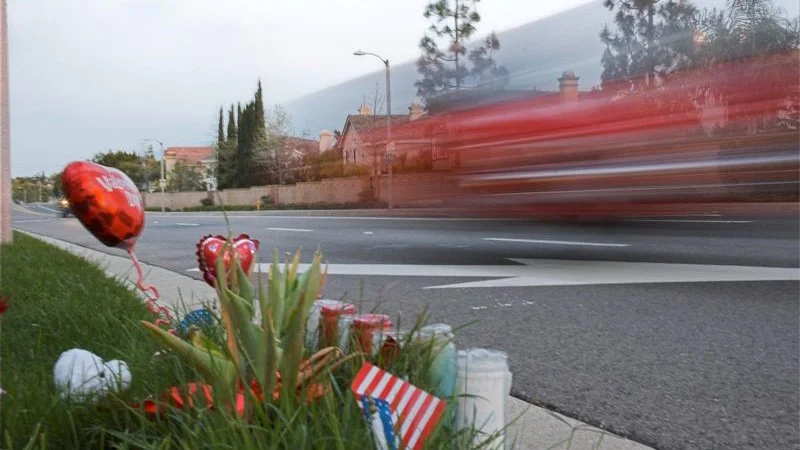
After 15 crashes in five years, Leawood, Kansas is starting to name street design as part of the problem. But safety can’t wait on slow, multi-year timelines.
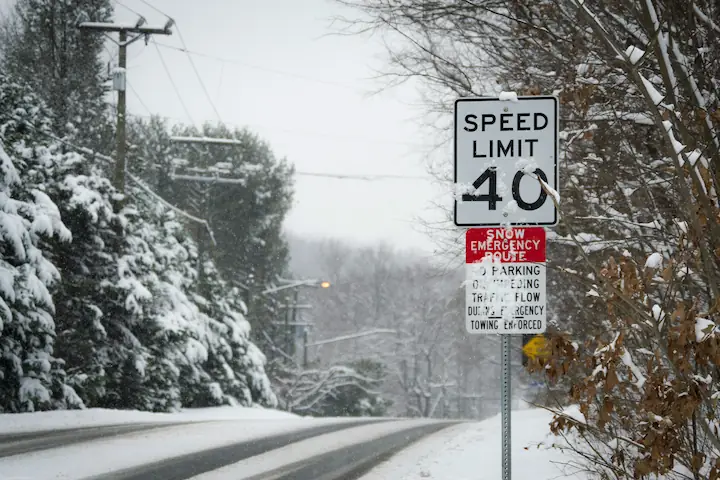
Walking to school shouldn't be a death-defying stunt. That's why advocates in Maine are working with city leaders to make their streets safer.
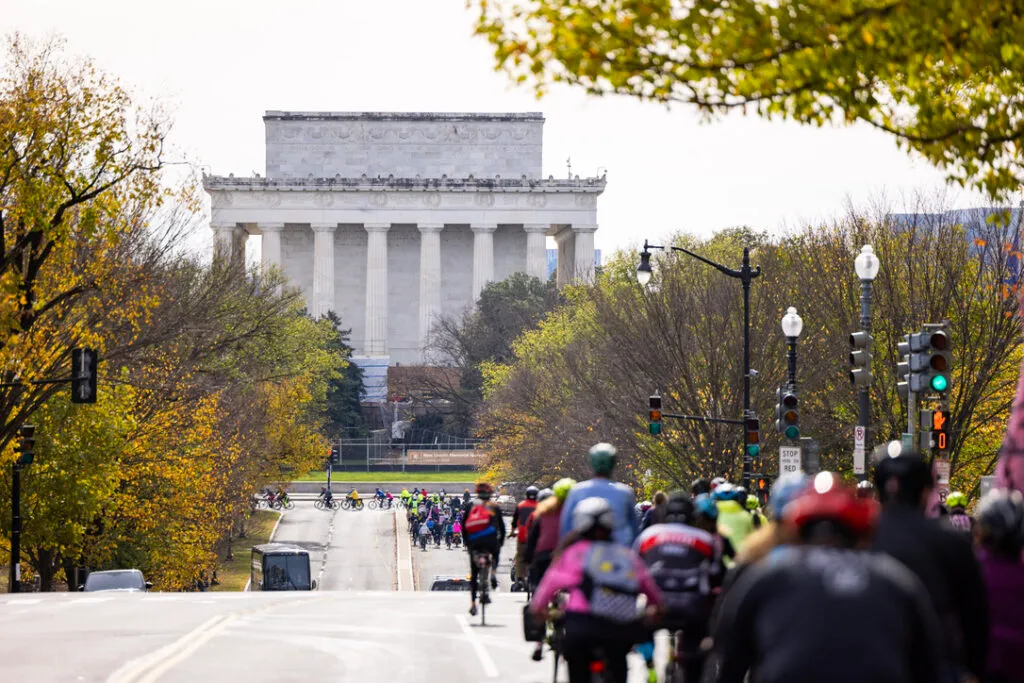
At Ride for Your Life, hundreds rode to the Lincoln Memorial to mourn lives cut short by dangerous streets and to call for a future where no family has to endure the same loss.
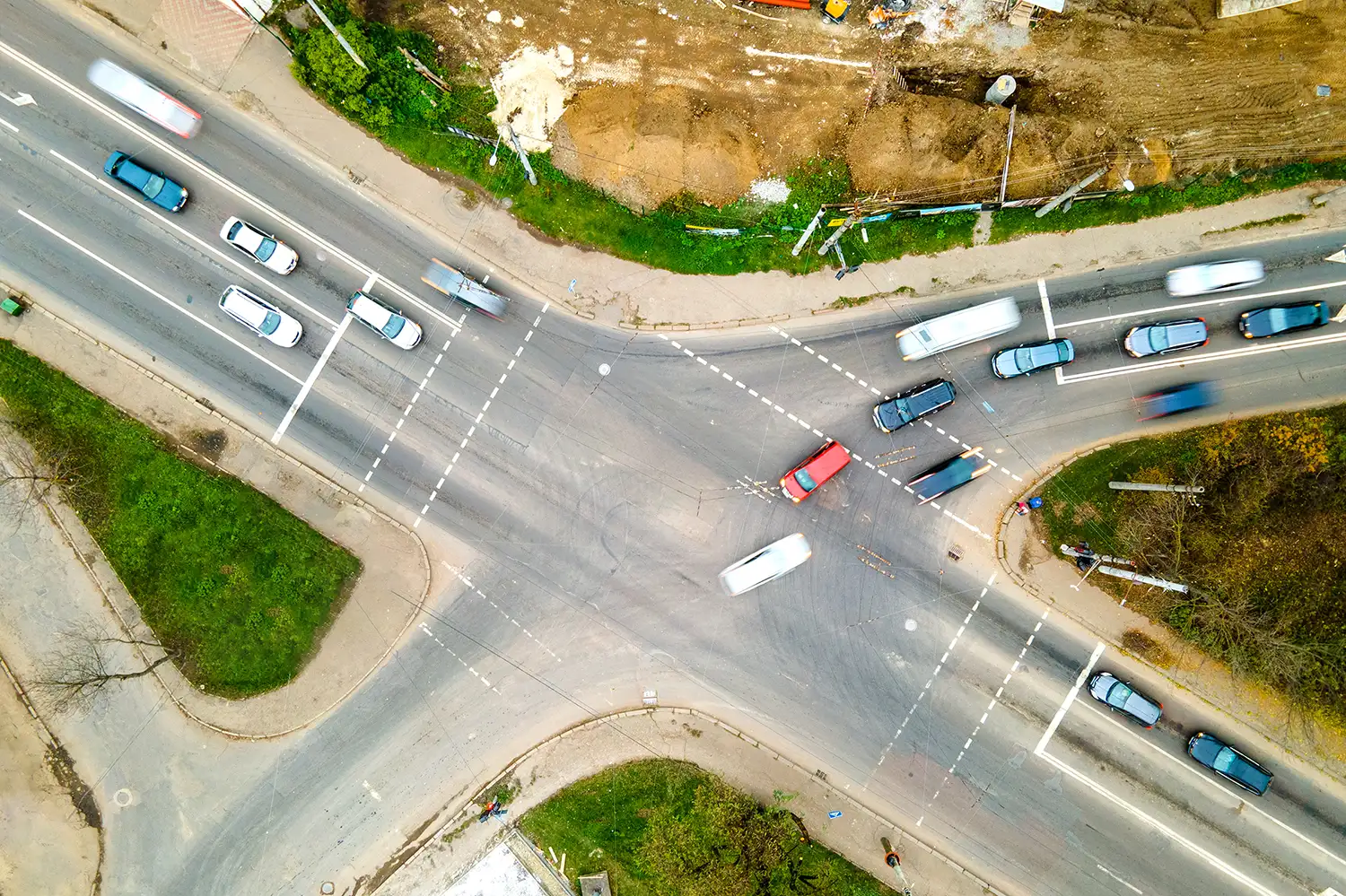
Responsible cities analyze traffic crashes to save lives. Yours can too.
The Crash Analysis Studio is a new model for cities to use when responding to crashes.
Stay updated on safe and productive streets.
Sign up to receive our email newsletter and get the latest new, ideas and insights about safe and productive streets sent straight to your inbox.